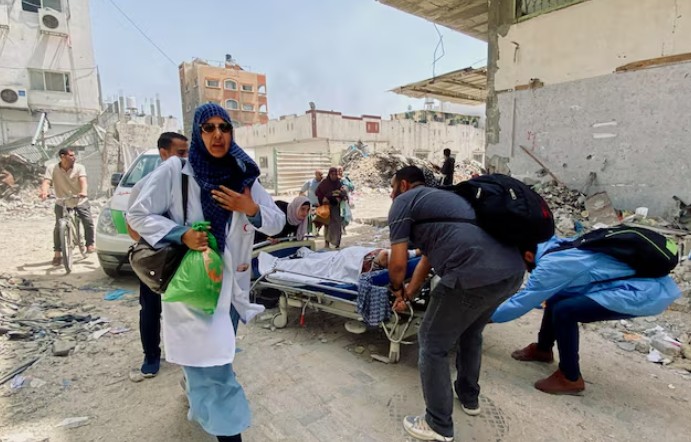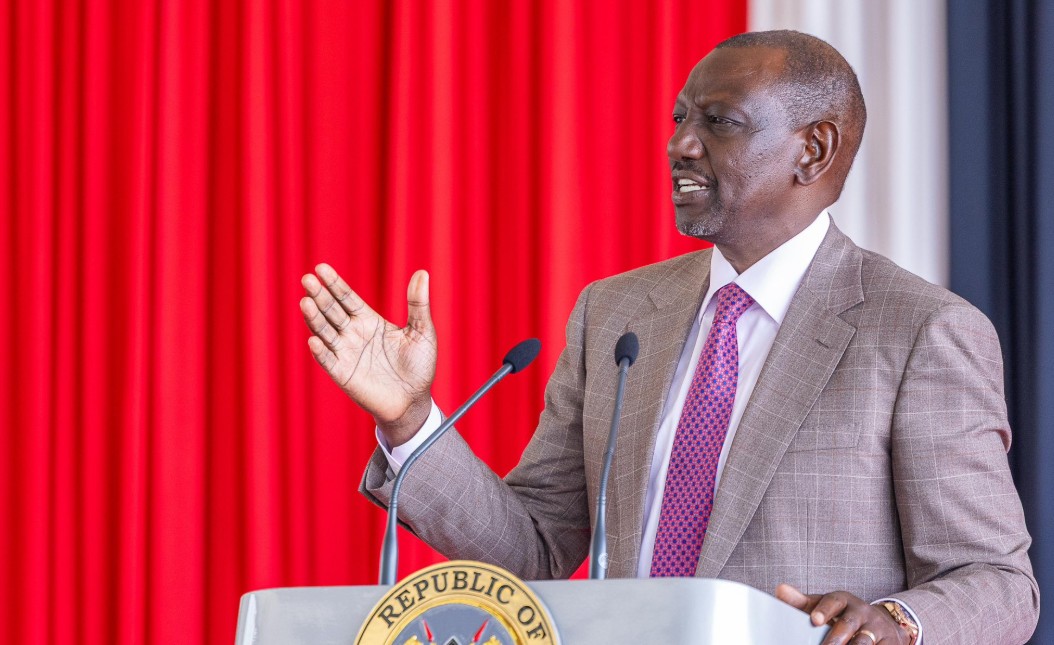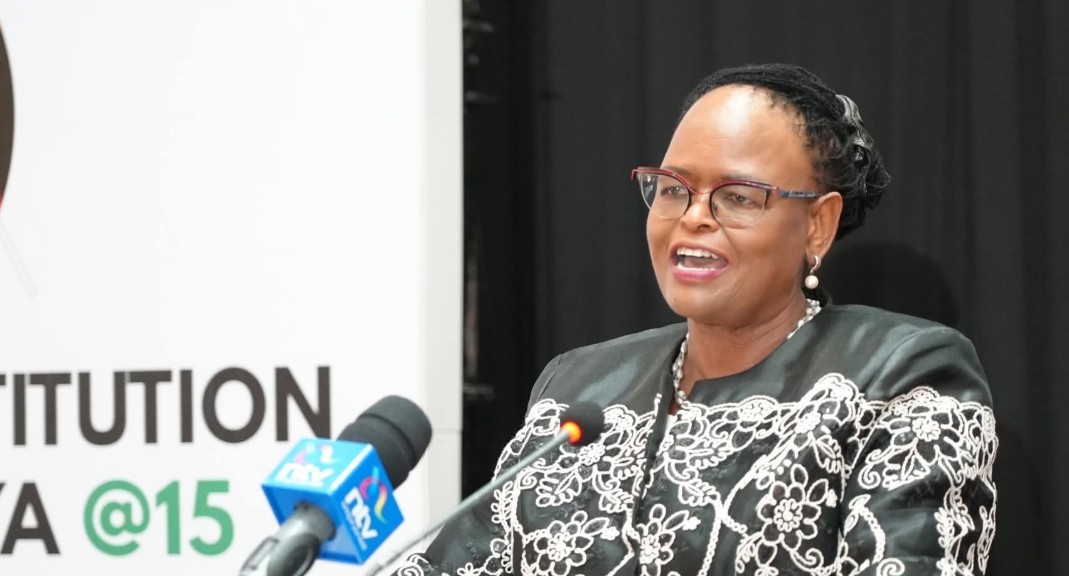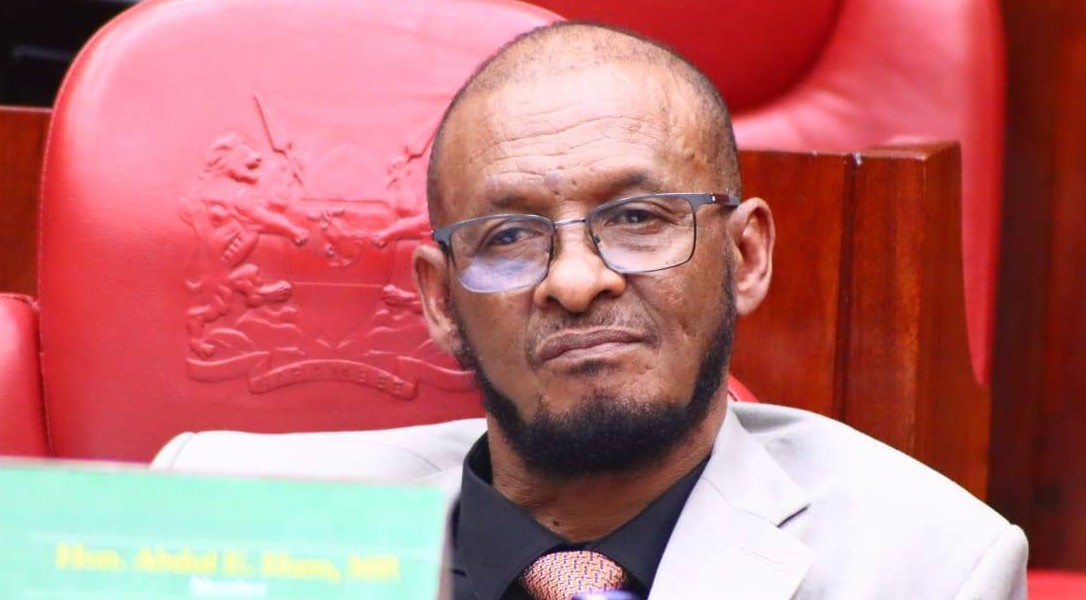Over 900 healthcare workers killed across 36 countries in 2024 - report

More than 3,600 attacks were recorded against health workers and medical facilities in conflict zones, marking the highest number ever reported by the Safeguarding Health in Conflict Coalition.
In 2024, more than 3,600 attacks were recorded against health workers and medical facilities in conflict zones, marking the highest number ever reported by the Safeguarding Health in Conflict Coalition (SHCC) since it began documenting these incidents over a decade ago.
The violence, which led to the deaths of over 900 health workers and the arrest of more than 470 others, spanned across 36 countries, including Sudan, a stark reminder of the dangers faced by medical personnel in regions plagued by war and political unrest.
More To Read
- Duale orders crackdown on thousands of ghost workers in UHC programme
- Kenya Medical Association condemns obstruction of healthcare workers during protests, calls for action
- Expired drugs pile up in county hospitals as patients go without medicine
- Behind the white coats: Kenyan healthcare workers battle burnout, grief and neglect
- Sh3.8 billion needed to secure jobs for UHC staff, House report shows
- Death of unpaid health worker exposes crisis among UHC staff
The report shows a 15 per cent rise in attacks compared to 2023, and a 62 per cent increase since 2022.
Africa was among the continents heavily affected, with Sudan named as one of the worst-hit countries.
The SHCC noted that the trend was part of a broader pattern of persistent violence in areas such as Lebanon, Myanmar, Ukraine, and especially the occupied Palestinian territory, which alone accounted for more than 1,300 incidents, more than in any other country or territory in a single year.
“On average, in 2024, health care came under attack ten times a day across the world’s war zones. Each of these assaults brings terror, trauma, and in too many cases, injury, destruction, and death,” said Leonard Rubenstein, chair of the SHCC.
A growing share of these attacks (81 per cent) were carried out by state actors. Explosive weapons were used in nearly half of all reported incidents, rising from 36 per cent in 2023 to 48 per cent in 2024.
The use of armed drones in attacks affecting health care services also doubled, moving from 9 per cent to 20 per cent.
“There has been a complete erosion in the respect for international humanitarian law and the responsibility to protect health care in conflict,” said Christina Wille, director of Insecurity Insight, which led the data collection for the report.
“As documentation becomes more systematic, the mounting evidence of attacks on health care demands a decisive response: international humanitarian law that protects health care in conflict must be better enforced. Yet many states continue to disrespect their obligations and the international community observes without acting,” she added.
The SHCC report calls on UN Member States to reject attempts to weaken international humanitarian law and urges stronger enforcement through legal mechanisms, such as the International Criminal Court.
It also recommends the endorsement of political declarations and treaties that safeguard civilians and health care systems in armed conflicts.
Data collection efforts, however, continue to face challenges, including security threats, communication shutdowns, and the unwillingness of some groups to share information.
The SHCC warns that the actual number of incidents is likely higher than reported.
The report’s findings and interactive maps are available through the Humanitarian Data Exchange platform, offering deeper insights into both global and country-specific trends, including those in Africa, where wars and political crises continue to place health workers at growing risk.
Top Stories Today










































